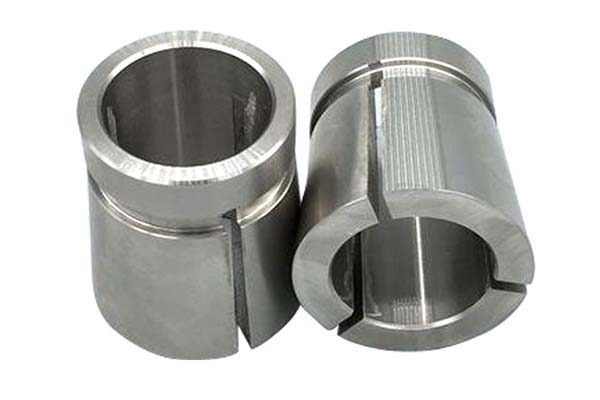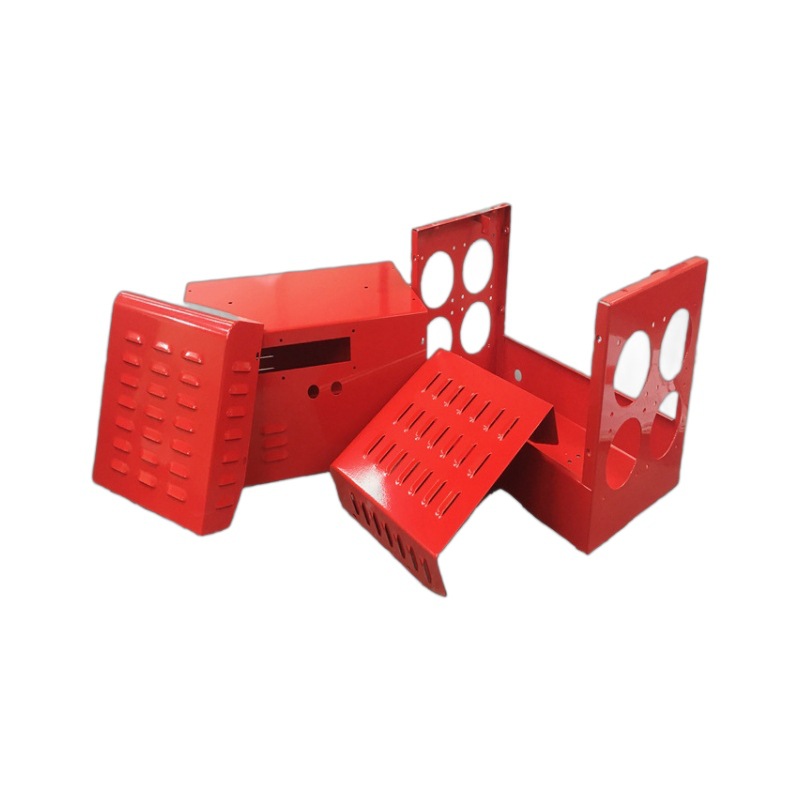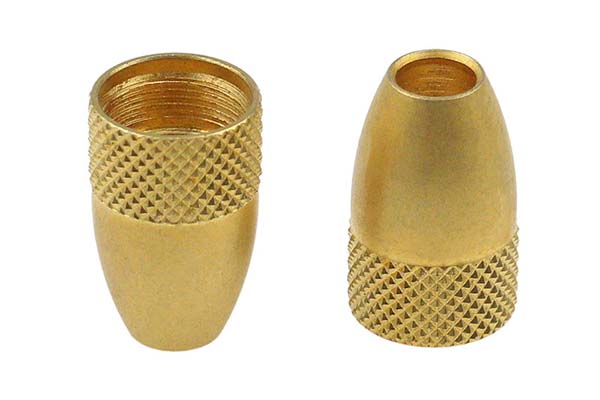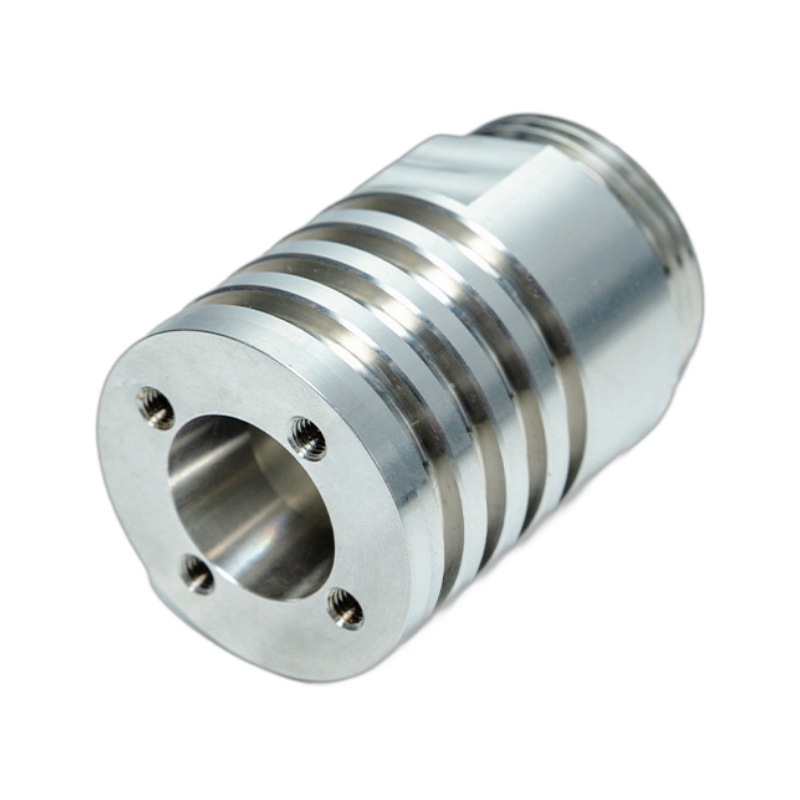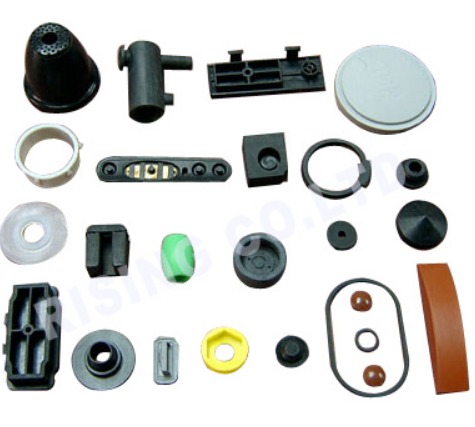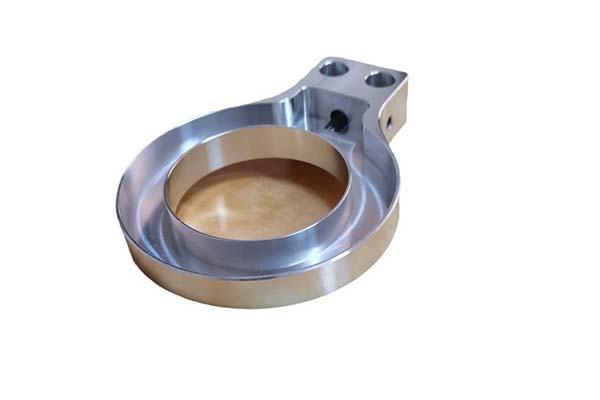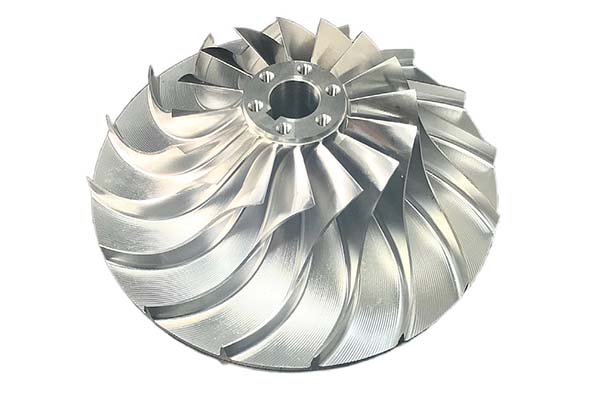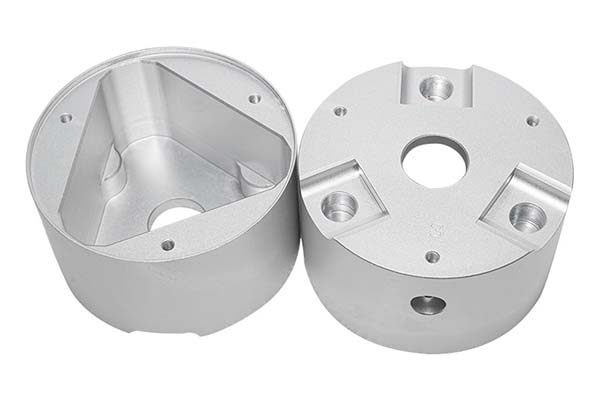Introduction
In modern manufacturing, the demand for precision and quality is at an all - time high. CNC (Computer Numerical Control) precision components have emerged as the cornerstone of this high - standard production environment. These components are integral to a vast array of industries, from aerospace and automotive to medical and electronics.
The aerospace industry, for example, relies on CNC precision components to ensure the safety and efficiency of aircraft. Engine parts made with CNC technology can withstand extreme temperatures and pressures, with tolerances often within the micron range. In the medical field, CNC - produced components for surgical instruments and prosthetics must be extremely precise to ensure patient safety and proper functionality.
Given their importance, understanding how CNC precision components achieve exactness becomes crucial. This article will delve into the various aspects that contribute to the high - precision nature of these components, including the role of advanced technology, the importance of quality control, and the impact of skilled operators. Whether you are an engineer, a manufacturer, or simply interested in the wonders of modern manufacturing, read on to uncover the secrets behind the exactness of CNC precision components.
1. Understanding CNC Precision Components
1.1 Definition and Basics
CNC precision components are parts manufactured using Computer Numerical Control technology. CNC technology involves the use of pre - programmed computer software to control the movement of factory tools and machinery. In simple terms, instead of a human operator manually controlling the cutting tools on a lathe or milling machine, a computer program takes over this task.
The basic principle behind CNC is as follows: First, a design is created using CAD (Computer - Aided Design) software. This design is then translated into a CNC program using CAM (Computer - Aided Manufacturing) software. The CNC machine reads this program and precisely controls the movement of the axes (such as X, Y, and Z axes in a 3 - axis machine) and the speed of the cutting tools. For example, in a CNC milling process, if the program commands the tool to move 50 millimeters along the X - axis and 30 millimeters along the Y - axis at a feed rate of 200 millimeters per minute, the machine will execute this command with high precision.
These components play a fundamental role in modern manufacturing. They are the building blocks for countless products, ensuring that each part fits together perfectly in the final assembly. For instance, in a high - end watch, the small gears and shafts are often CNC - produced. Their precision ensures that the watch runs accurately, with each movement of the gears synchronized to keep time within a very small margin of error. In manufacturing, the exactness of CNC precision components reduces the need for post - production adjustments, saves time, and ultimately cuts down on production costs.
1.2 Types of CNC Precision Components
There is a wide variety of CNC precision components, each serving different purposes in various manufacturing fields:
- Shafts: Shafts are long, cylindrical components that are used to transmit rotational motion. In the automotive industry, crankshafts are a prime example of CNC - made shafts. A crankshaft in an engine converts the reciprocating motion of the pistons into rotational motion. CNC - machining allows for the creation of complex shapes on the shaft, such as the journals (the cylindrical parts that rotate in bearings) and the crank throws. These components need to be extremely precise. For example, the diameter tolerance of a high - performance engine crankshaft can be as low as ±0.002 mm to ensure smooth operation and minimize wear and tear on the engine.
- Gears: Gears are used to transmit power and change the speed and direction of rotation. In the aerospace industry, gears in aircraft engines or landing gear systems are CNC - manufactured. Planetary gears, which are commonly used in high - torque applications, require high precision in tooth profile and pitch. CNC machining can achieve the required accuracy, with tooth profile errors often kept within a few micrometers. This ensures quiet operation, high - efficiency power transfer, and long - term reliability, which are crucial for aircraft safety and performance.
- Molds: Molds are used in processes like injection molding and die - casting. In the production of plastic products such as mobile phone cases, the molds are typically CNC - machined. The mold cavity needs to be an exact replica of the final product design, with smooth surfaces and precise dimensions. For example, the internal details of a mold for a complex - shaped mobile phone case, including the cut - outs for buttons and ports, must be highly accurate. CNC machining can achieve surface roughness values as low as Ra 0.1 - 0.8 µm, which is essential for producing high - quality plastic parts with a good surface finish.
- Connectors: In the electronics industry, connectors are vital components. For high - speed data transmission connectors, such as those used in server - grade Ethernet cables, CNC - machining ensures the precise alignment of contact points. The tolerance for the position of these contact points can be as small as ±0.05 mm. This precision is necessary to maintain a stable electrical connection and high - speed data transfer without signal loss or interference.
The table below summarizes some common CNC precision components and their typical applications:
| Component | Common Applications |
| Shafts | Automotive engines, industrial machinery |
| Gears | Aerospace engines, power transmission systems |
| Molds | Plastic product manufacturing, metal casting |
| Connectors | Electronics, telecommunications |
4. Comparison: CNC Precision Components vs Traditional Manufacturing Methods
When it comes to manufacturing components, the choice between CNC precision manufacturing and traditional manufacturing methods is a crucial one for any business. Here is a detailed comparison between the two in terms of several key aspects:
| Aspect | CNC Precision Components Manufacturing | Traditional Manufacturing Methods |
| Precision | Can achieve extremely high precision, often with tolerances in the micron range. For example, in the production of optical lens molds, the dimensional accuracy can reach ±0.001 mm. | Generally has lower precision compared to CNC. Tolerances are usually in the range of ±0.1 - 0.5 mm, which may not meet the requirements of high - precision applications. |
| Production Efficiency | High - speed and automated operation. Once the program is set up, the machine can run continuously, reducing idle time. For instance, a CNC machining center can complete multiple operations such as milling, drilling, and tapping in one setup, saving significant production time. | Manual operation is more involved, which is time - consuming. Each operation may require separate set - ups, and the processing speed is limited by the operator's skill and physical ability. For example, in manual lathe work, frequent tool changes and adjustments by hand slow down the production process. |
| Cost | High initial investment in equipment, software, and training. However, in the long run, for large - scale production, the cost per unit can be reduced due to high efficiency and low error rate. For example, a multi - axis CNC machining center may cost hundreds of thousands of dollars, but when producing thousands of parts, the cost savings from reduced scrap and faster production can offset the initial investment. | Lower initial investment in equipment, but higher labor costs, especially for complex parts that require skilled labor. Also, higher error rates may lead to increased material waste and rework costs. For example, a simple manual lathe is much cheaper to purchase, but the cost of hiring experienced operators and dealing with defective products can add up over time. |
| Complex Shape Processing Ability | Exceptionally good at handling complex 3D geometries. Using multi - axis CNC machines, components with intricate curves, cavities, and undercuts can be easily manufactured. For example, in the aerospace industry, engine blades with complex aerodynamic shapes can be precisely machined by CNC technology. | Limited in processing complex shapes. Special fixtures and multiple set - ups may be required, which increases the difficulty and cost. Traditional machining methods may struggle to create parts with complex internal structures or irregular surfaces. |
| Product Quality Consistency | Highly consistent product quality as the computer - controlled process ensures that each part is made according to the exact same parameters. The quality of parts is less affected by human factors. | Prone to fluctuations in product quality due to differences in operator skills, fatigue, and inconsistent operation methods. Even with experienced workers, it is difficult to achieve the same level of consistency as CNC manufacturing. |
5. Yigu Technology's Perspective
As a non - standard plastic metal products custom Supplier, Yigu Technology deeply understands the significance of the exactness of CNC precision components in modern manufacturing.
In our experience, the precision of components directly impacts the quality and functionality of the final products. Whether it's a complex plastic part for a medical device or a metal component for industrial equipment, every micron of precision matters. To ensure this exactness, we invest in state - of - the - art CNC equipment. Our advanced machines are capable of high - speed and high - precision operations, which is crucial for meeting the tight tolerances demanded by our clients.
Moreover, we have a team of skilled engineers and technicians. They are not only proficient in operating the CNC machines but also in programming and optimizing the manufacturing process. This expertise allows us to quickly adapt to different design requirements and ensure that each component is produced with the highest level of precision. By strictly adhering to quality control standards at every stage of production, from raw material inspection to the final product check, we guarantee that the CNC precision components we supply meet and exceed industry expectations.
FAQ
1. What is the typical precision level that CNC precision components can achieve?
CNC precision components can typically achieve tolerances in the range of ±0.001 - 0.05 mm. In high - end applications like aerospace or medical device manufacturing, tolerances can be as low as ±0.001 mm, ensuring the highest level of accuracy for parts such as engine components or surgical implants.
2. How does the cost of CNC - manufactured components compare to traditional manufacturing in the long run?
In the long run, for large - scale production, CNC - manufactured components often have a lower cost per unit. Although CNC has a high initial investment in equipment, software, and training, its high efficiency and low error rate reduce waste and rework. Traditional manufacturing has lower initial equipment costs but higher labor costs and more errors, leading to increased material waste and rework costs over time.
3. Can CNC precision components be used in small - scale production?
Yes, CNC precision components are well - suited for small - scale production. The flexibility of CNC programming allows for quick changes between different part designs. It also ensures high - quality and consistent parts even in small quantities, eliminating the need for large production runs to justify the cost, as the high precision reduces the risk of defective parts.
